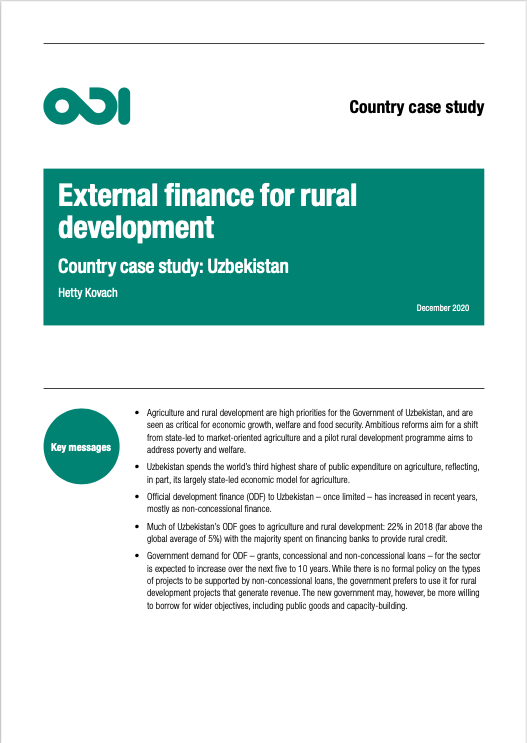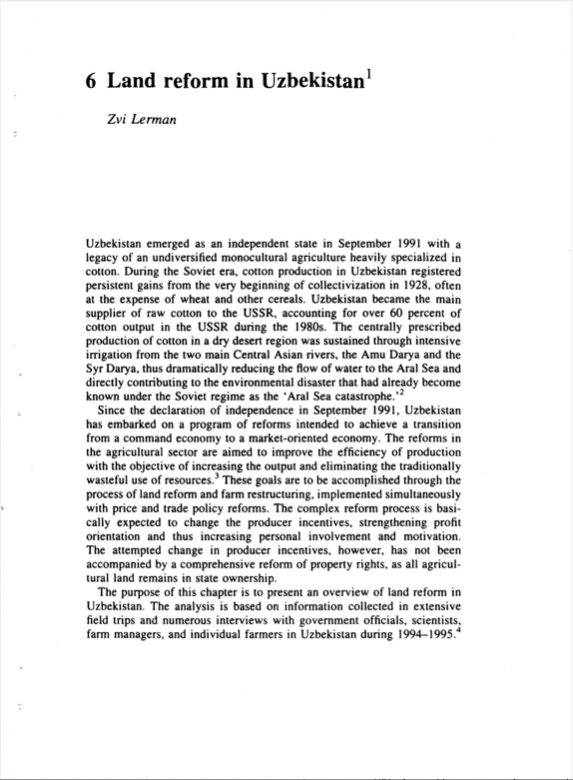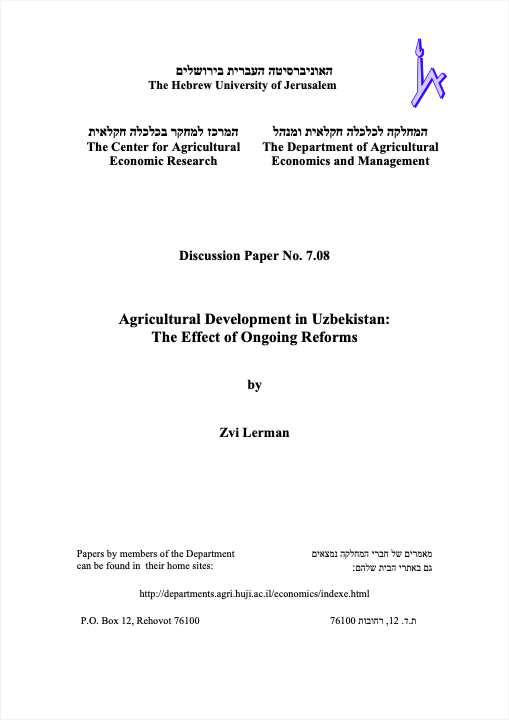agriculture
AGROVOC URI: http://aims.fao.org/aos/agrovoc/c_203
Suitability analysis in a changing climate
Land suitability analysis is employed to evaluate the appropriateness of land for a particular purpose whilst integrating both qualitative and quantitative inputs, which can be continuous in nature. However, in agricultural modelling there is often a disregard of this contiguous aspect. Therefore, some parametric procedures for suitability analysis compartmentalise units into defined membership classes. This imposition of crisp boundaries neglects the continuous formations found throughout nature and overlooks differences and inherent uncertainties found in the modelling.
Land use change and the migration geography of Greater White-fronted geese in European Russia
Large areas of agricultural land have been abandoned in European Russia since 1991, triggering succession toward more wooded landscapes, especially in northern regions where conditions for agriculture are more challenging. We hypothesize that this process has contributed to a southward shift by migratory Atlantic Greater White-fronted geese, as stopover sites in northern Russia became progressively less suitable. To test this hypothesis, we located stopover sites from information contained in 2976 ring recoveries and sightings of neck-collared geese.
Analyses of Land Cover Change Trajectories Leading to Tropical Forest Loss: Illustrated for the West Kutai and Mahakam Ulu Districts, East Kalimantan, Indonesia
In Indonesia, land cover change for agriculture and mining is threatening tropical forests, biodiversity and ecosystem services. However, land cover change is highly dynamic and complex and varies over time and space. In this study, we combined Landsat-based land cover (change) mapping, pixel-to-pixel cross tabulations and expert knowledge to analyze land cover change and forest loss in the West Kutai and Mahakam Ulu districts in East Kalimantan from 1990-2009.
Feedback between drought and deforestation in the Amazon
Deforestation and drought are among the greatest environmental pressures on the Amazon rainforest, possibly destabilizing the forest-climate system. Deforestation in the Amazon reduces rainfall regionally, while this deforestation itself has been reported to be facilitated by droughts. Here we quantify the interactions between drought and deforestation spatially across the Amazon during the early 21st century.
Identifying Agricultural Frontiers for Modeling Global Cropland Expansion
The increasing expansion of cropland is major driver of global carbon emissions and biodiversity loss. However, predicting plausible future global distributions of croplands remains challenging. Here, we show that, in general, existing global data aligned with classical economic theories of expansion explain the current (1992) global extent of cropland reasonably well, but not recent expansion (1992–2015).
External finance for rural development
This country case study summarises key findings from a country analysis of financing for rural development in Uzbekistan. It is one of 20 analyses that is synthesised for comparison in Prizzon et al. (2020).
The case study has two main objectives:
• to map demand from the Government of Uzbekistan over the next five to 10 years for external development assistance to support public investment in inclusive and sustainable rural development
Land Reform in Uzbekistan
FIRST PARAGRAPH OF CHAPTER: Uzbekistan emerged as an independent state in September l99l with a legacy of an undiversified monocultural agriculture heavily specialized in cotton. During the Soviet era, cotton production in Uzbekistan registered persistent gains from the very beginning of collectivization in 1928, often at the expense of wheat and other cereals.
Agricultural Development in Uzbekistan: The Effect of Ongoing Reforms
Agricultural transition in Uzbekistan, as in all CIS countries, is driven by a process of land reform, which involves redistribution of land among producers and concomitant changes in farm structure. In this article we review the process of land reform since Uzbekistan’s independence and examine its impacts on agricultural growth and rural family incomes. The analysis is based on official statistics and data from a farm-level survey carried out in 2007.
State Ownership of Land in Uzbekistan – an Impediment to Further Agricultural growth?
The present paper aims to demonstrate how the state land ownership affects development of agricultural sector in Uzbekistan, and what are its strengths and weaknesses. It highlights the importance of secure land right regardless of ownership. Land in Uzbekistan is state-owned; the exclusive state ownership of land was first incorporated in the 1992 Constitution. The official rationale was to ensure food security and social stability; another concern was the state-run irrigation system, operation of which would be hampered in the event of land privatization.
Climate Risk Profile Uzbekistan
This profile provides an overview of climate risk issues in Uzbekistan, including how climate change will potentially impact five key sectors in the country: agriculture, water, tourism, ecosystems, human health, and infrastructure. The brief also includes an overview of historical and future climate trends in Uzbekistan, the policy context outlining existing climate risk strategies and plans developed by Uzbekistan, and a list of ongoing projects that focus on climate adaptation.






